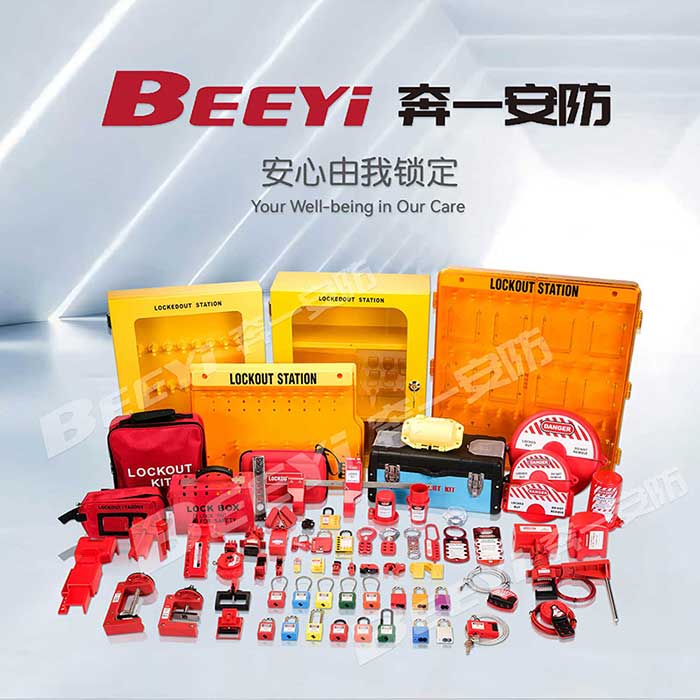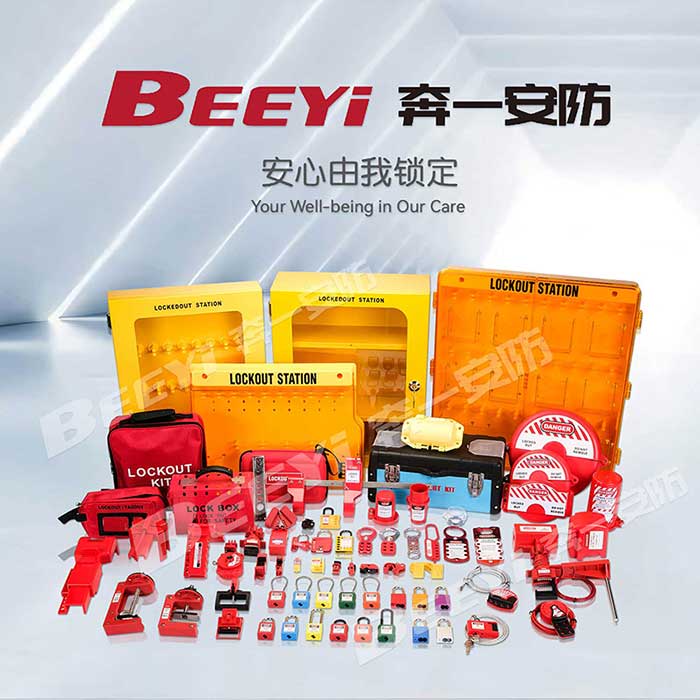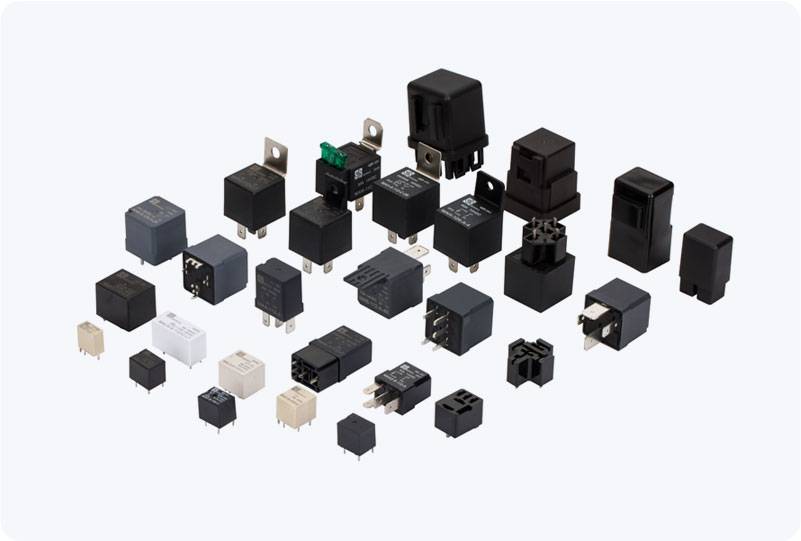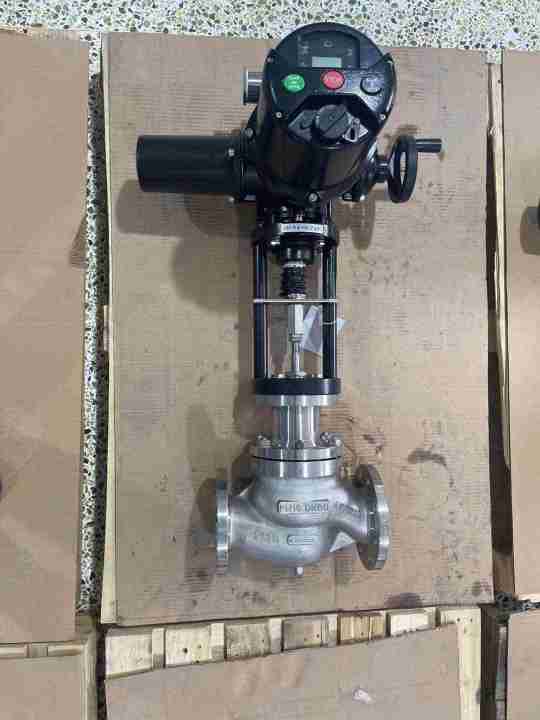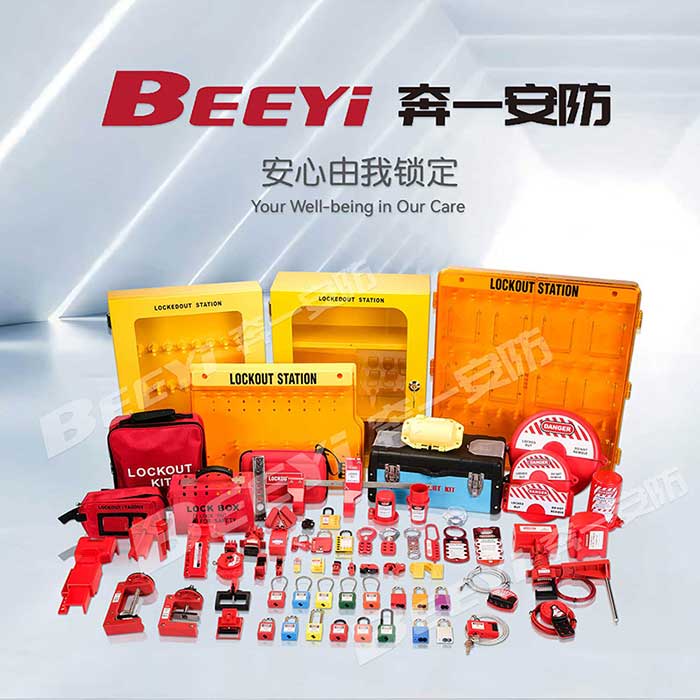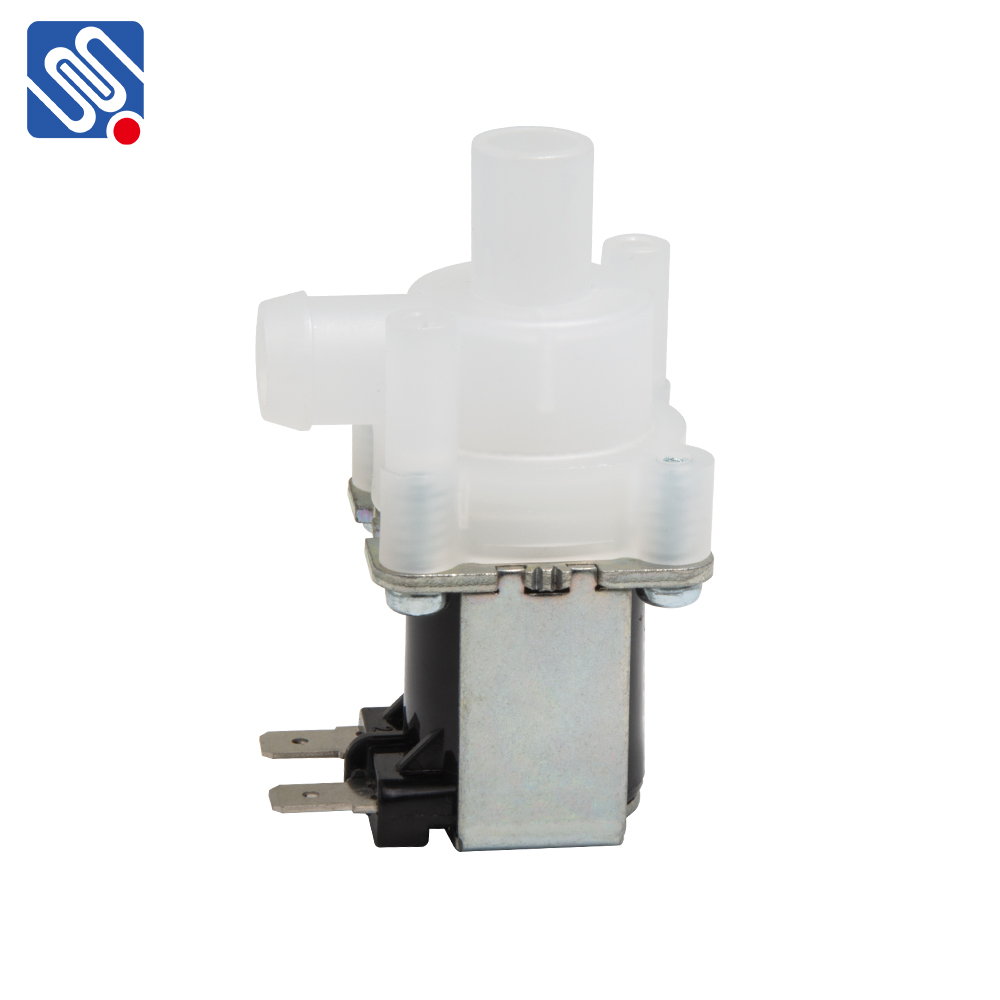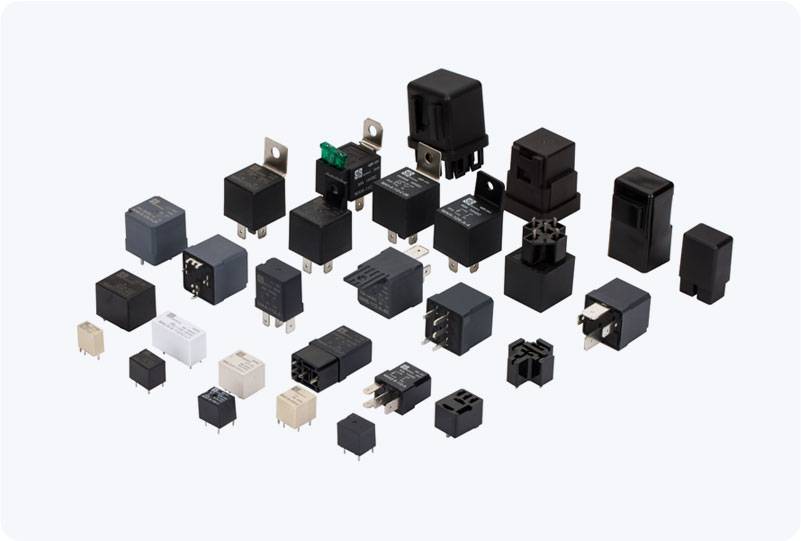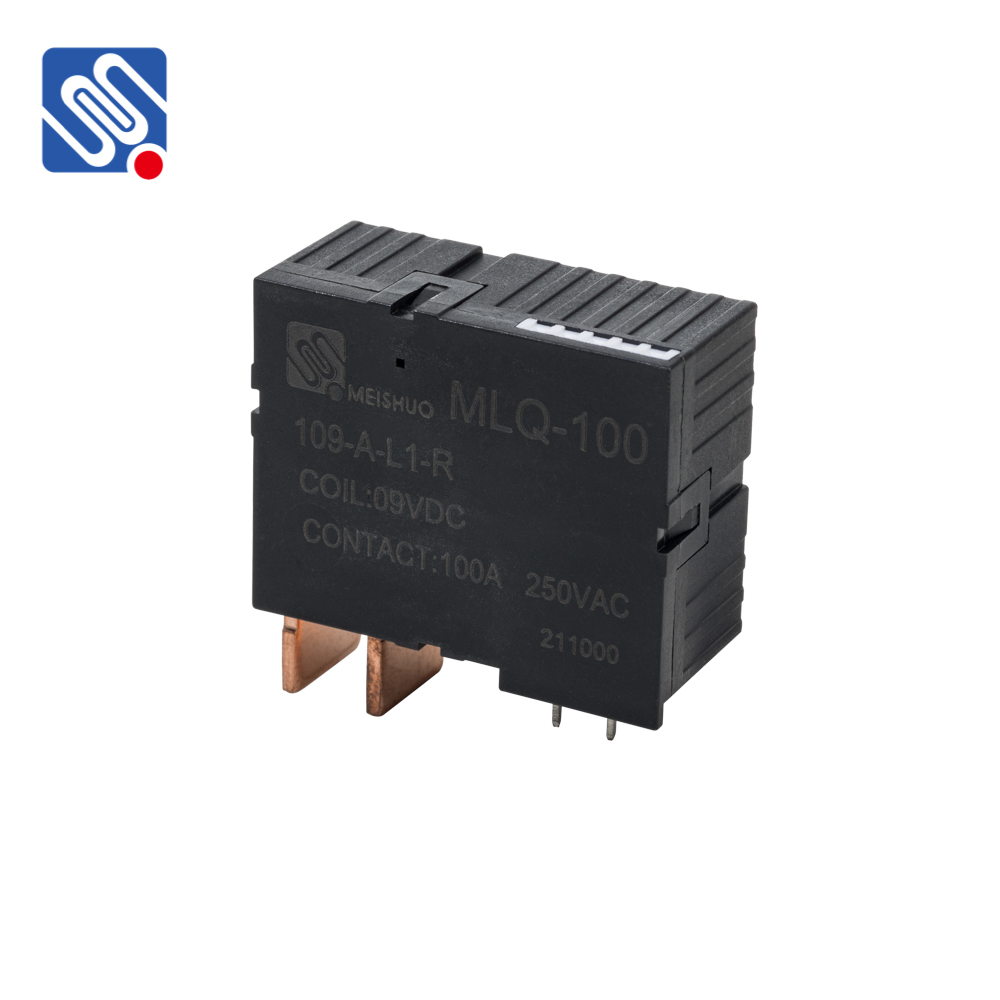In industrial environments, ensuring the safety of workers during maintenance and repair activities is paramount. One crucial tool that plays a key role in workplace safety is the Industrial Lockout Bag. This specialized bag is designed to securely store and organize lockout/tagout (LOTO) devices, which are used to prevent the accidental startup of machinery or equipment during servicing. In this article, we will explore the significance of Industrial Lockout Bags, their features, and how they contribute to maintaining a safe work environment.
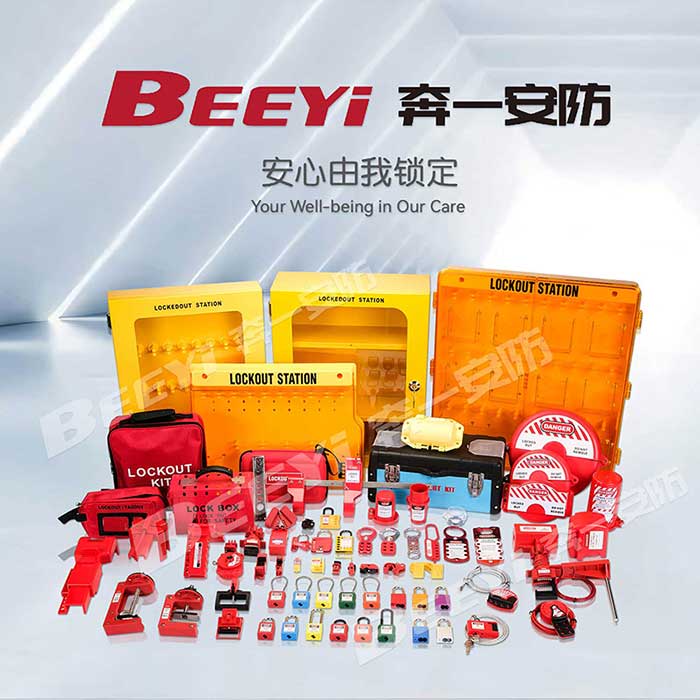
What is an Industrial Lockout Bag? An Industrial Lockout Bag is a storage bag specifically designed to hold lockout/tagout equipment, such as locks, tags, lockout hasps, and other devices that ensure machines are properly isolated during maintenance. The primary purpose of these bags is to keep all necessary tools organized and easily accessible while ensuring that the lockout process is properly followed. With a well-organized and easy-to-carry lockout bag, workers can be sure that all the tools they need to safely shut down a machine are available at their fingertips. Key Features of Industrial Lockout Bags
